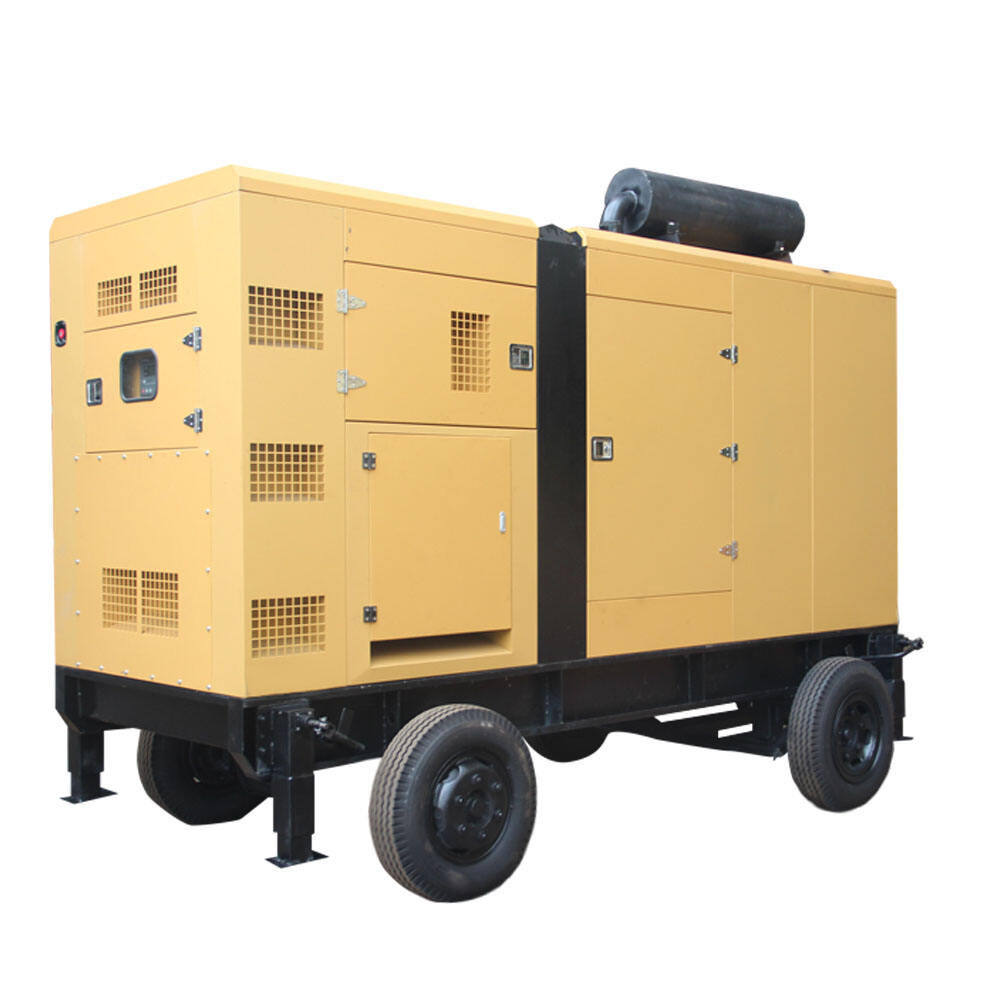The Transformation of Global Power Systems Through Clean Energy
The power generation landscape is undergoing a remarkable transformation as renewable energy reshapes how we produce and consume electricity. This shift represents one of the most significant changes in human history, comparable to the Industrial Revolution in its scope and impact. As nations worldwide embrace sustainable power sources, the traditional energy paradigm is evolving rapidly, bringing both opportunities and challenges to the forefront of our energy future.
The integration of renewable energy into power generation systems marks a decisive turning point in our approach to meeting global energy demands. From solar fields spanning desert landscapes to wind turbines dotting coastlines, these clean energy sources are becoming increasingly dominant in our power generation mix, fundamentally altering how we think about and manage electricity production.
The Evolution of Power Generation Technologies
Traditional Power Generation Methods
For decades, conventional power generation relied heavily on fossil fuels - coal, natural gas, and oil. These traditional methods, while reliable, came with significant environmental costs and finite resource limitations. The combustion process in these plants releases substantial amounts of greenhouse gases, contributing to climate change and air pollution.
The infrastructure supporting traditional power generation was built around centralized facilities, with extensive transmission networks distributing electricity to consumers. This model, though effective, created vulnerabilities in power distribution and limited energy independence for communities.
Modern Renewable Technologies
The advent of renewable energy technologies has introduced more diverse and sustainable methods of power generation. Solar photovoltaic systems convert sunlight directly into electricity, while wind turbines harness atmospheric energy flows. These technologies continue to evolve, with increasing efficiency and declining costs making them more competitive with conventional sources.
Advanced energy storage solutions, particularly battery technologies, are developing rapidly to address the intermittent nature of renewable energy sources. This technological progress enables more reliable integration of renewable energy into existing power grids, supporting consistent power delivery regardless of weather conditions.
Economic Implications of Renewable Integration
Investment and Cost Considerations
The transition to renewable energy requires significant initial investment in infrastructure and technology. However, the long-term economic benefits are becoming increasingly apparent. Operating costs for renewable energy facilities are generally lower than fossil fuel plants, as they don't require continuous fuel input. This advantage translates into more stable energy prices for consumers over time.
Market forces are driving the renewable energy sector's growth, with private investment flowing into clean energy projects at unprecedented rates. The decreasing costs of solar panels and wind turbines, combined with improving efficiency, make renewable energy increasingly attractive to investors and utilities alike.
Job Creation and Economic Growth
The renewable energy sector has become a significant source of employment, creating jobs in manufacturing, installation, maintenance, and research and development. These positions often offer higher wages and require specialized skills, contributing to economic development in both urban and rural areas.
The growth of the renewable energy industry has sparked innovation across multiple sectors, from advanced materials to smart grid technologies. This ripple effect stimulates economic activity and creates new business opportunities throughout the supply chain.
Environmental and Grid Infrastructure Effects
Environmental Benefits and Challenges
The environmental advantages of renewable energy are substantial. Unlike fossil fuels, renewable power generation produces minimal greenhouse gas emissions during operation. This reduction in carbon emissions plays a crucial role in combating climate change and improving air quality in urban areas.
However, the environmental impact of renewable energy infrastructure must be carefully managed. Land use for solar farms and wind turbines requires thoughtful planning to minimize effects on local ecosystems. Manufacturers are increasingly focusing on sustainable production methods and recycling programs for renewable energy equipment.
Grid Modernization Requirements
The integration of renewable energy necessitates significant upgrades to existing power grids. Smart grid technologies, advanced monitoring systems, and improved transmission infrastructure are essential for managing the variable nature of renewable power generation.
Energy storage solutions and grid stabilization technologies are becoming increasingly important as the percentage of renewable energy in the power mix grows. These systems help balance supply and demand, ensuring reliable power delivery even when renewable sources are not actively generating.
Future Prospects and Industry Trends
Technological Innovations
The renewable energy sector continues to advance through technological innovation. Emerging technologies like floating solar panels, enhanced wind turbine designs, and improved energy storage systems are expanding the possibilities for clean power generation. Research into new materials and more efficient energy conversion methods promises further improvements in renewable energy capabilities.
Artificial intelligence and machine learning are increasingly being applied to optimize renewable energy systems, improving forecasting, maintenance, and overall system efficiency. These technological advances are making renewable energy more reliable and cost-effective.
Policy and Market Evolution
Government policies and market forces are aligning to support the continued growth of renewable energy. International agreements and national policies are setting ambitious targets for renewable energy adoption, while market mechanisms like carbon pricing are making clean energy more competitive.
The future of power generation appears increasingly centered on renewable sources, with projections suggesting that renewable energy could become the dominant form of power generation in many regions within the next few decades.
Frequently Asked Questions
What makes renewable energy more sustainable than traditional power sources?
Renewable energy sources are sustainable because they harness naturally replenishing resources like sunlight and wind, producing minimal greenhouse gas emissions during operation. Unlike fossil fuels, these sources won't be depleted and have significantly lower environmental impacts over their lifecycle.
How does renewable energy affect electricity prices?
While renewable energy projects may require significant initial investment, operating costs are generally lower than fossil fuel plants. As technology improves and economies of scale increase, renewable energy is becoming increasingly cost-competitive, often leading to more stable long-term electricity prices for consumers.
Can renewable energy completely replace traditional power generation?
With continued technological advancement and proper infrastructure development, renewable energy has the potential to meet most power generation needs. However, the transition requires significant grid modernization, energy storage solutions, and careful planning to ensure reliable power delivery under all conditions.

